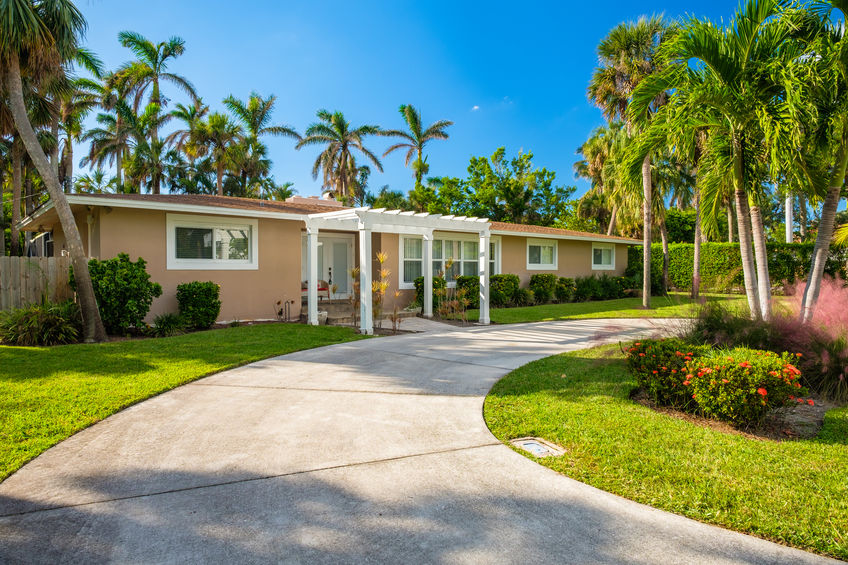If it is applied correctly, the process is as follows:
- The exterior wall framing of the home is covered by a substrate (wafer board, plywood, etc.)
- Adhesive or mechanical fasteners attach an insulation board over the substrate
- A waterproof base coat is added
- Reinforcing mesh is applied
- An additional waterproof base coat is added to sandwich the mesh
- Finally, a durable acrylic polymer topcoat is applied
The product was used widely in the Atlanta area from the mid-1980s until about 1996 when its use dropped rapidly as problems surfaced with previous installations. There are many homes in the Alpharetta area that have this finish on one or more exterior sides.
Benefits
- Excellent insulating value, which increases home energy efficiency
- Provides a virtually waterproof seal if installed properly
- Reduces air penetration into the home by 55% compared to wood or brick
- Versatile product is easily formed into any shape
- Available in a wide range of colors and textures
- Rarely needs to be painted due to integral final color coat
- Durable – a surface scratch is not prominent since the color is not on the surface but exists throughout the top coat
- Flexible surfacing does not crack easily (whereas real stucco does) as the home settles or goes through the expansion and contraction of the seasons
Problems
The system is solid if it is installed properly. Unfortunately, at the time it was used in this area few builders or contractors had experience with the product. Since the system has to be installed meticulously, problems do arise if steps are missed or shortcuts are taken.
One of the biggest benefits of the system (the ability to provide a virtually waterproof seal and a 55% reduction in air penetration compared to brick or wood siding) can also be the biggest weakness.
If the EIFS is installed improperly or materials such as windows, doors, decks, roofs, and other features penetrating the stucco finish are not properly sealed, water enters behind the walls and becomes trapped. Once water is inside the wall, it can’t easily escape. Now, the problems begin.
The scene is set for the following to occur:
- Structural wood begins to dry rot
- The insulation board of the EIFS extends into the ground and allows termites easy and hidden access to the home
- Since subterranean termites need moisture they can now live in the walls and have no need to return to the soil, thus they destroy the home even more quickly
- The moisture creates a favorable environment for mold to grow

